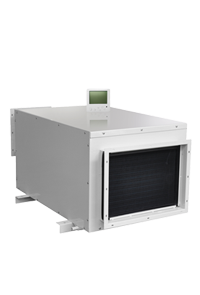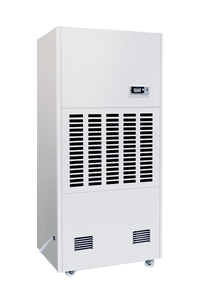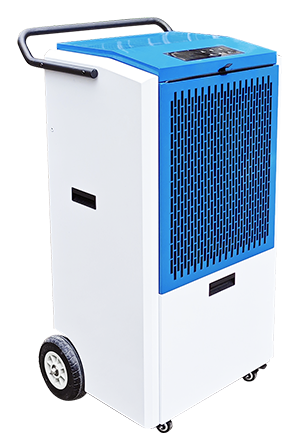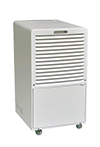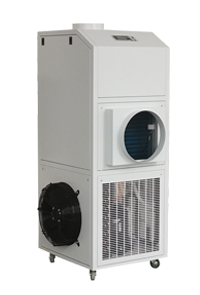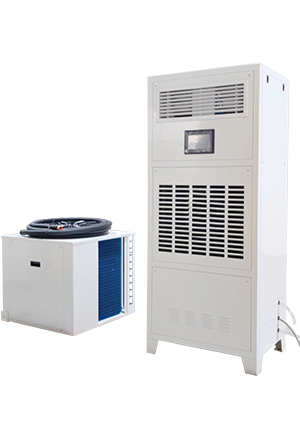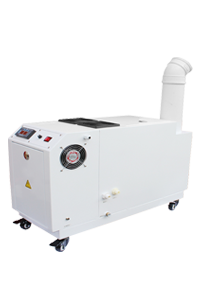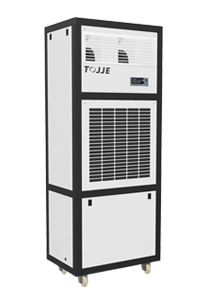News
A fresh air ceiling-mounted dehumidifier is a type of HVAC equipment designed to manage humidity levels by removing excess moisture from the air while simultaneously introducing fresh air into the space. This type of system is commonly used in residential, commercial, and industrial settings where maintaining optimal humidity levels and air quality is critical.
Key Features and Functions
-
Humidity Control: The primary function of a dehumidifier is to reduce the moisture content in the air, preventing issues like mold growth, condensation, and structural damage caused by excess humidity.
-
Fresh Air Ventilation: Unlike standard dehumidifiers, a fresh air ceiling-mounted unit also brings in outside air, improving indoor air quality. This is particularly beneficial in environments where ventilation is limited.
-
Ceiling-Mounted Design: Installing the unit on the ceiling saves space and allows for a more discreet installation. This design is ideal for rooms with limited floor space or where aesthetics are a concern.
-
Energy Efficiency: Many modern ceiling-mounted dehumidifiers are designed to be energy-efficient, using advanced technology to reduce power consumption while maintaining effective dehumidification.
-
Filtration: These units often come with built-in air filters to remove dust, pollen, and other airborne particles, further enhancing indoor air quality.
-
Quiet Operation: Ceiling-mounted dehumidifiers are typically designed to operate quietly, making them suitable for use in noise-sensitive environments like bedrooms, offices, and libraries.
Applications
- Residential: Ideal for basements, attics, or any area prone to high humidity.
- Commercial: Commonly used in office buildings, retail spaces, and hotels to maintain comfortable humidity levels.
- Industrial: Used in environments such as warehouses, factories, and server rooms where controlling humidity is critical to preserving equipment and inventory.
Installation Considerations
- Placement: Ensure the unit is positioned where it can efficiently remove moisture and distribute fresh air evenly throughout the space.
- Ducting: Proper ductwork is necessary to connect the dehumidifier to outdoor air sources and to distribute conditioned air.
- Drainage: A drainage system must be in place to remove the condensed water collected by the dehumidifier.
Benefits
- Improved Air Quality: By introducing fresh air and reducing humidity, these units help create a healthier indoor environment.
- Mold and Mildew Prevention: By controlling humidity, the risk of mold and mildew growth is significantly reduced.
- Comfort: Proper humidity levels contribute to overall comfort, preventing that clammy feeling associated with high humidity.
This type of dehumidifier is especially useful in climates with high humidity or in buildings that require controlled environments for health, comfort, or operational reasons.

